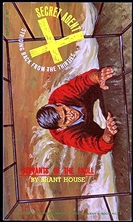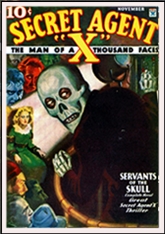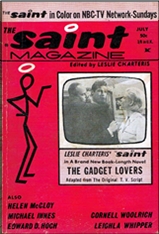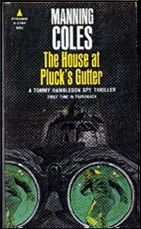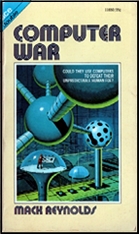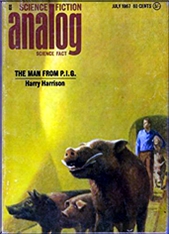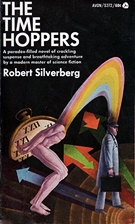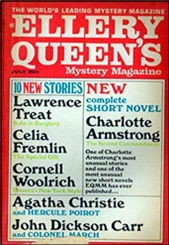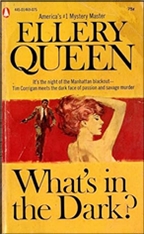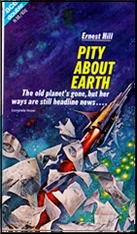Sun 3 Mar 2024
SF Diary Review: LARRY MADDOCK – The Golden Goddess Gambit.
Posted by Steve under Diary Reviews , Science Fiction & Fantasy[11] Comments
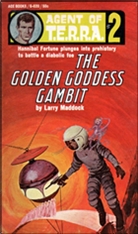
LARRY MADDOCK – The Golden Goddess Gambit. Agent from T.E.R.R.A #2. Ace G-620; paperback original, 1st printing, 1967. Cover art credited to Sergio Leone.
An inscribed plaque found in ancient Crete indicates that the time-structure of pre-historic Earth is being tampered with, possibly by a member of Empire. Hannibal Fortune and Webley trace the plaque back 10,000 years to an island continent in the Atlantic, unrecorded in history. Kronos, the ruler of his own niche in time, is actually a renegade T.E.R.R..A. agent and has established his own religion, designed mainly to perpetuate his own lineage.
Normi, the girl saved by Fortune from a mob, tells an interesting story of palace politics, which Kronos manipulated to achieve his reign. The beginning of the book is slow, however, and the ending is a muddled mess, hardly worth waiting for. Human breeding has its problems (pages 95-96), so it is doubtful that Kronos could have really affected history. Note that Fortune is taught swordsmanship by a man called d’Kammp.
Rating: **
Bibliographic Update: Larry Maddock was the pen name of Jack Owen Jardine, who wrote a small number of SF novels and short stories under this and several other pseudonyms in the 1960s, including Howard L. Cory, in collaboration with his wife, Julie Ann Jardine .
The Agent of T.E.R.R.A. series —
1. The Flying Saucer Gambit (1966)
2. The Golden Goddess Gambit (1967)
3. The Emerald Elephant Gambit (1967)
4. The Time Trap Gambit (1969)
